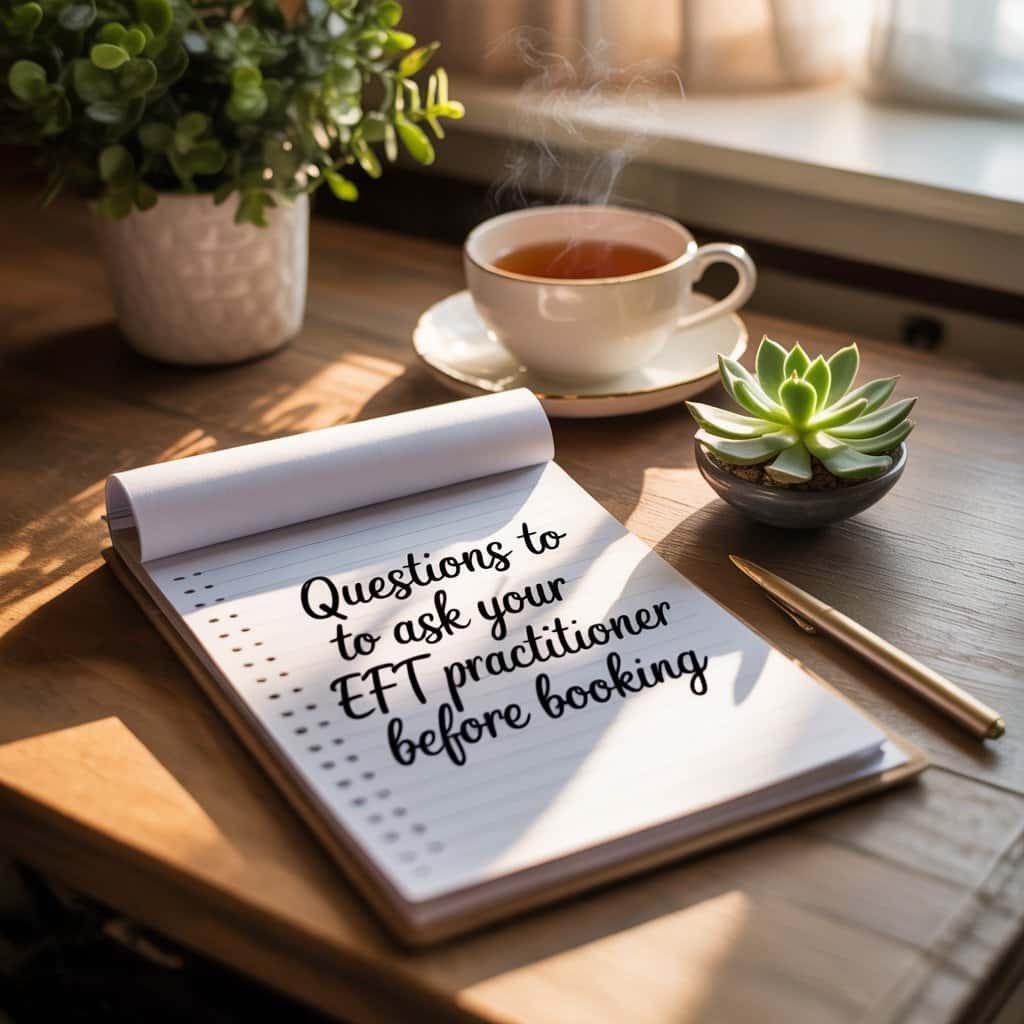The Right EFT Tapping technique for Depression
Depression can feel like a full-blown drama. And when you’re working to heal it, whether for yourself or with a client, you have to approach it with care, patience, and the right method.
Opening up past painful events can be deeply triggering. If you bring up a huge event that made you feel miserable, ashamed, or unloved, you might not be able to fully process it in a single session.
When that happens, the leftover emotions can linger for a day or two (or even longer) until you work through them completely.
This is why I always say: if you’re using EFT tapping for depression, tap every single day without fail.

Once you’ve opened an event, you need to finish clearing it. Leaving it half-resolved will keep the emotional charge active, which means it will continue to trigger you.
On the other hand, once you’ve completely processed an event, you can take a break before starting a new one.
My Own Experience
When I first started doing EFT tapping for my own depression globally, I felt a huge sense of release. But as I dug deeper and reached the events that actually caused my depression, things got more difficult.
Working on these core memories sometimes made me feel temporarily worse. That’s because I was re-opening emotional wounds. This is normal , when you’re dealing with deeply rooted issues, you may feel more emotional before you feel better.
The key is to keep going. Trust the process, take it slow, and remember that temporary discomfort often means you’re releasing something important.
Why your EFT Tapping Technique Matters
If an event feels too big or overwhelming to handle on your own, it’s best to work with a professional EFT practitioner.

In my experience, chronic depression can be tough to address alone, and having guidance can help you move forward more safely and effectively.
When I work with clients who have chronic depression, I don’t start with the most painful events right away. Instead, I focus on smaller, less triggering memories first.
This helps reduce their overall emotional load and prepares them to handle the heavier issues later.
Step-by-Step Approach for EFT Tapping with Depression
1. Start with smaller events- Begin with mildly upsetting memories, not your deepest traumas. This builds emotional resilience.
2. Work on one event at a time- Avoid opening multiple events at once — it scatters your focus and leaves emotions unresolved.
3. Tap on the event as a whole first- For the first 3–4 days, tap on the general idea of the event without going into the details. This reduces its emotional intensity.
4. Enter the event gradually- Once the charge is lower, recall the event and notice the specific emotions that come up. Tap on each feeling individually.
5. Track your progress- Write down the emotional intensity (0–10 scale) before and after each session. Keep tapping daily until all aspects are at zero or atleast 2/3.
6. Return to unfinished event- If you get pulled toward another event, that’s fine, but make sure you eventually come back and complete the first one.
About Tapping Scripts
Generic tapping scripts can help provide short-term relief, but they won’t heal depression at the root. Depression is highly personal — your reasons for feeling low might be completely different from someone else’s.
Instead of relying only on scripts, take time to identify the exact events and beliefs that fuel your depression. Examples include:
- Feeling “not good enough”
- Feeling unloved by parents, siblings, or friends
- Believing life has no purpose
Once you identify these triggers, tap directly on them.
A Final Word
Everything I’ve shared comes from my own experience and what has worked for my clients.
EFT can be a powerful tool, but if you have chronic depression, especially if you feel hopeless or like there’s no point in living , please seek professional help alongside your tapping practice.
Healing depression takes persistence, patience, and the courage to face your emotions. The process may be uncomfortable at times, but I can tell you from personal experience: it’s worth it.






